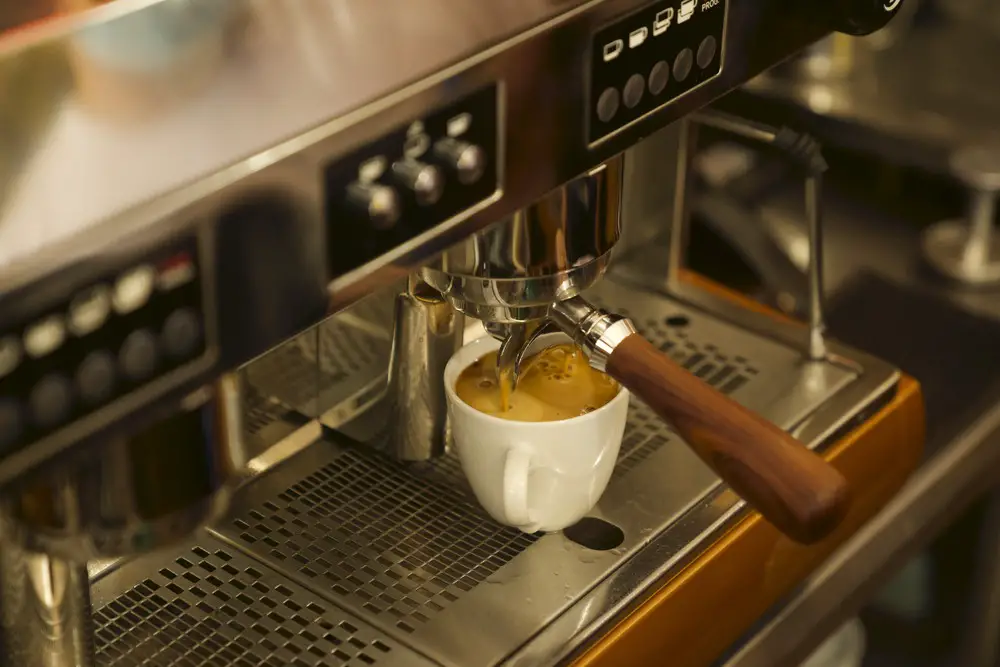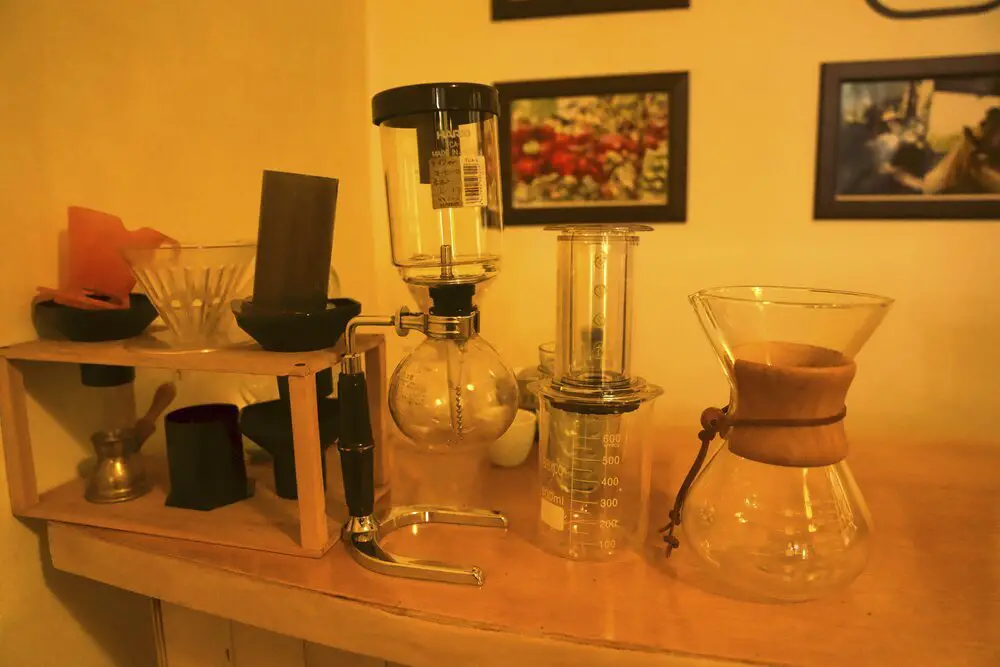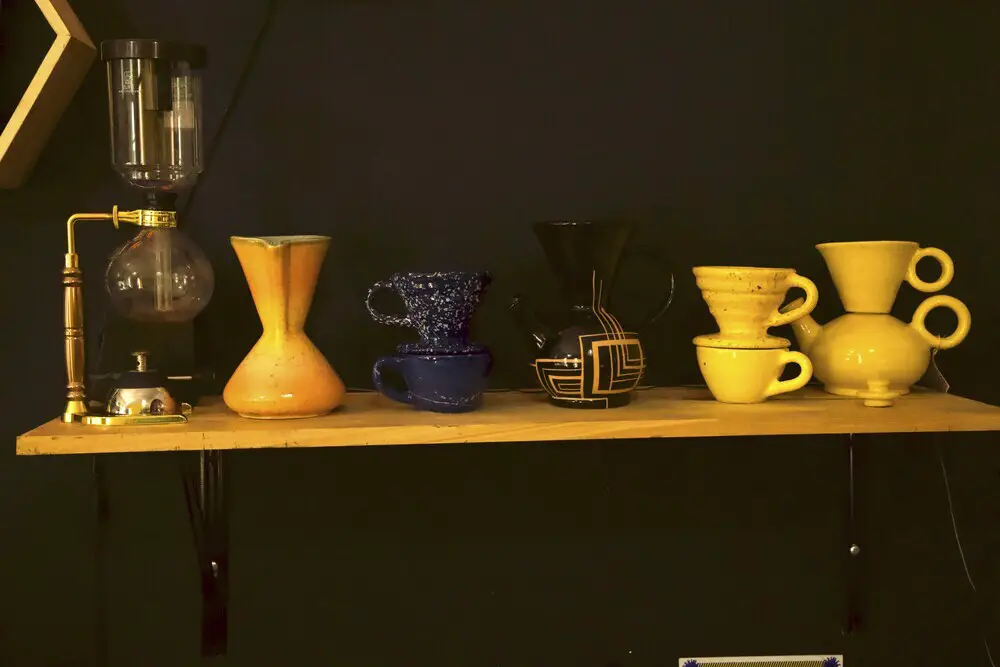If you’ve ever been to a coffee shop or have an espresso machine at home, you’ve probably seen a tamper before. It is a tool with a flat surface in the middle.
A professional espresso tamper is usually made of stainless steel or aluminum and has a tamping surface that is 35 to 55 mm wide and 80 to 100 mm long. It should not weigh more than 1 kg (2 lbs.).
Tampers are used by baristas to stuff the ground coffee into the portafilter before making espresso or other beverages.
Table of Contents
How can the tamper change the quality of the espresso?
A coffee tamper is one of those things that really makes the difference when it comes to brewing great coffee in your espresso machine. The best espresso beans, ground properly for your espresso machine, will not provide the necessary extraction without a good tamper.
Why do you need a tamper for espresso?
As with all beverages made from coffee, certain parameters must also be observed with espresso. For example, you need to use the right amount of coffee, pound it properly and extract for 25-30 seconds.
A tamper is the tool used prior to brewing espresso to stuff, tamp, or compact the ground coffee in the portafilter of the espresso machine.
Quality tampers are usually made of light metal and match the size of the portafilter and basket. They have a convex or flat shape and produce espressos with different qualities.
If you don’t tamp down the coffee powder, the coffee can be compacted unevenly, making it difficult to extract the espresso. With untamped powder, the water will leak through the interstices of the ground coffee. The consequences are inefficient extraction of the oils and poorly flavored drinks.
How is the tamper used?
Pounding coffee sounds easy, but in reality, it takes some practice. The process itself is simple, but it requires a great deal of finesse to achieve an even and compact tamping.
Insertion of the portafilter
You have your espresso beans and your espresso machine. Insert the portafilter into the machine and run it under hot water to ensure it is clean. Then use a spoon to fill in the ideal amount of ground espresso coffee. This will depend on the size of your portafilter, but be careful not to over or under fill the portafilter.
Achieve even stuffing
If you hold the coffee tamper at an angle, you will actually get an uneven distribution. One side will be thinner than the other, meaning the coffee won’t be extracted evenly. That is, some of the coffee powder is over-extracted while another is under-extracted. This can make espresso bitter. It is therefore important that you take your time and compact the regrind evenly.
Don’t use too much force
The ideal tamping force is between 40 and 50 pounds. You can test this with a scale. But if you press as hard as you can, the coffee will become too solid. This results in your espresso being produced too slowly and tasting bitter because the water is passing through too slowly. You should also not use too little force, as you will then only get a watery espresso.
Clean your tamper
It is important to properly maintain your coffee tamper. A tamper should always be clean. However, cleaning with clear water should be sufficient.
Types of espresso tampers
Flat stuffer
This is the traditional tamper. It has a base and a handle that can be finished in different colors and materials.
Double head rammer
This tamper has a handle and a single base, it has a base on each side and a handle in the middle. The plinths can sometimes also be of different sizes.
Convex tamper
These tampons have a slightly rounded bottom and taper to an extremely blunt point in the middle. When pressed, it leaves a slight rim around the filter holder basket.
Calibrated rammer
They are designed to apply just the ideal amount of pressure (30 pounds) to the coffee beans.
The ideal rammer
Now that you know how to use a tamper, you need to make sure you choose the right tamper. The material, shape and weight of a coffee steamer will affect the end result, so you should choose a tamper that you are comfortable with.
Espresso tampers come in all weights, colors, sizes and shapes. If you decide on one, you should try as many models as possible. Make sure they fit in the palm of your hand and feel their weight. Check how they feel by applying pressure to a table or countertop.
Don’t forget to check the perimeter of the filter holder. Usually these come in different sizes, from 56 to 59 mm. Make sure the size you choose fits into the filter holder basket without sticking or rubbing the edges.
Plastic, wood or metal
Tampers can be made of plastic, wood, or metal. Plastic is the cheapest material and often has an uneven surface to press on. Wood and metal are the right choices, but metal is more durable and can be washed without worrying about warping.
Height and weight
Pay attention to the size of your coffee filter to get a slightly smaller tamper. The filter mounts are fairly standard, but check these to be sure.
Depending on the material, the tamper can weigh more or less. A heavier tamper will help you tamp more evenly because it’s easier to center.
Grip
You’ll find that many coffee tampers are double-ended to work with multiple filter holders. However, this can be uncomfortable. If you want to be more comfortable, pay attention to the handle of your coffee tamper. Because you’re pushing with a force of up to 50 pounds, a comfortable grip can be important to avoid palm pain.
Conclusion
An espresso tamper has a special purpose when preparing espresso. In addition to the right time and the right grind, the right preparation of espresso is also crucial to achieve high quality and good taste.
The ground coffee beans must be tamped so firmly that they resist the water running through the espresso machine. A tamper is not difficult to use, but requires a little finesse. With a little time and practice, you’ll soon be making espressos like your favorite barista.



